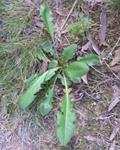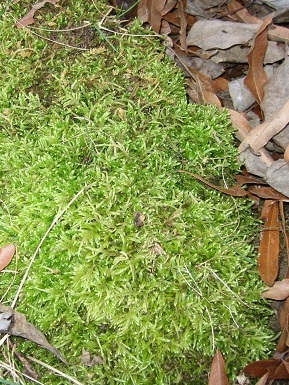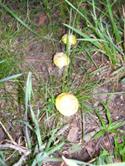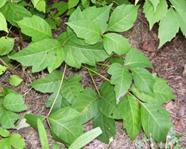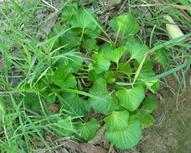Weeds of the Lawn & Garden

Virginia Tech has developed a Weed Identification Guide to help with the identification of common weeds and weed seedlings which occur in Virginia. The guide includes a Grass Weed Identification Key to aid in identifying unknown grassy weeds. As an alternative, either NC State’s TurfFiles Centere website or the University of Georgia’s weed identification database can be valuable resources. When trying to identify unknown weeds you will need to pay attention to different attributes of the plant so it may be helpful to either have a whole specimen available or to take several photos. In both cases, note the type of roots as they may also be used to help identify the plant. If you need help further identifying a specific insect you can contact your local cooperative extension office.
Options for Managing Weeds:
- Cultural Controls include the use of various mulches or landscape mesh to prevent or retard weed growth as well as improving the growing environment. For lawns, it can also include maintaining plant health to encourage healthy growth by selecting the correct turfgrass species for your area of the state, determining fertilization needs and by adapting mowing practices.
- Biological Controls, if they are available, may include the use of an insect or microorganism to discourage or prevent weed growth.
- Mechanical Controls include physical removal or destruction of a weed. Techniques include hand pulling, use of tools, solarization, shading or torching.
- Chemical Control involves the use of organic and conventional herbicides to manage weeds.
Virginia Tech has compiled various Pest Management Guides which provide information about various control options. The Home Grounds and Animal guide includes chapters with information about managing weeds which are commonly found around the home, lawn or garden.
- Weed Management in Home Vegetable Gardens (Chapter 2, Page 2-25)
- Weed Management in Home Fruit Plantings (Chapter 3, Page 3-24)
- Weed Management in Home Ornamental Beds (Chapter 4, Page 4-79)
- Weed Management in Lawns (Chapter 5, Page 5-8)
Other Resources from the Virginia Cooperative Extension:
- Crabgrass-A Real Pain in the Grass (Podcast w/Transcript)
- Best Management Practices in Spring Crabgrass Control in Lawns (Podcast w/Transcript)
- Spring Broadleaf Weed Control in Virginia’s Lawns
- Weeds in the Home Vegetable Garden
- Summer Grassy Weed Control in Lawns (Podcast w/Transcript)
- Fall Lawn Weed Control Strategies (Podcast w/Transcript)
Additional Management Resources for Specific Weeds (Click on Photo if shown) |
||
Star of Bethlehem (UMD) |
||
Annual bluegrass (Poa) |
Spurweed (Burrweed) |
|
Unless otherwise noted the above links take you to resources found on the Virginia Cooperative Extension. Upon selecting a link, you will be redirected to the VCE website where the resources are located. These resources and others can also be found through the Pubications and Resource page of the Virginia Cooperative Extension website.
